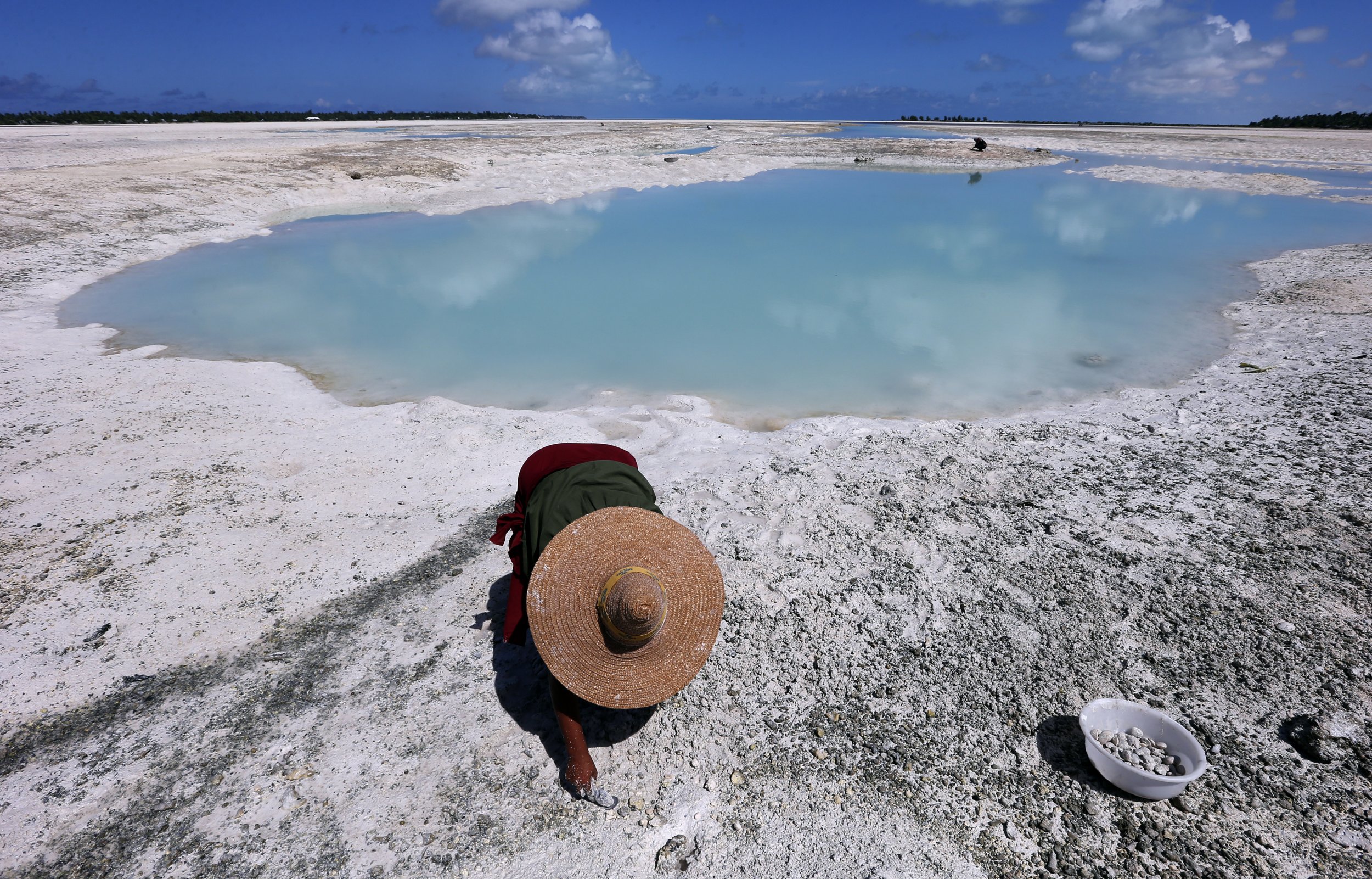
We are now officially in arm's reach of "dangerous" levels of global warming.
United Nations negotiators are meeting this week in Peru to forge a much-anticipated draft agreement to curb global climate change. They're brimming with optimism after the recent climate agreement between the U.S. and China, which had eluded negotiators for years.
But amid the hope is a much darker reality: Years of stalled talks and baby steps toward action have all but ensured that we will pass the previous do-not-pass benchmark of 2 degrees Celsius (3.6 degrees Fahrenheit) of warming by 2100. Now, The New York Times reports, the negotiators' objective is to stave off atmospheric warming of 4 to 10 degrees Fareinheit, or roughly 2.2 to 5.6 degrees Celsius, by the end of the century, at which point, experts say, Earth may "become increasingly uninhabitable."
Scientists say moving into that range of warming would result in a significantly different world. For example, four degrees Celsius of warming is enough to melt most or all of the world's ice. As climatologist and former NASA Goddard Institute for Space Studies chief James Hansen put it in a paper published in the journal Nature last year:
"Four degrees of warming would be enough to melt all the ice.... You would have a tremendously chaotic situation as you moved away from our current climate towards another one. That's a different planet. You wouldn't recognise it.... We are on the verge of creating climate chaos if we don't begin to reduce emissions rapidly."
Steven Sherwood, a professor at the University of New South Wales, in Australia, and author of another study looking at the implications of four-degree warming, came to a similar conclusion.
"4C would likely be catastrophic rather than simply dangerous," Sherwood told The Guardian. "For example, it would make life difficult, if not impossible, in much of the tropics, and would guarantee the eventual melting of the Greenland ice sheet and some of the Antarctic ice sheet."
The volume of water in the Greenland and Antarctic ice sheets alone would raise sea levels by 65 meters, or roughly 213 feet, if released. For comparison, the Statue of Liberty is 150 feet tall. Coastal regions and island nations would all but disappear. Long before then, freshwater sources would become inundated by saltwater.
The U.N. released a report in November that concluded 2 degrees of warming could be avoided only if global emissions peak within the next 10 years and then plummet sharply, going down by half by 2050. A deal of that magnitude is not even on the table. In fact, the agreement being drafted in Lima this week will not be enacted until 2020.
Meanwhile, officials at the U.S. National Oceanic and Atmospheric Administration report that 2014 will likely be the warmest year on record. Welcome to a very different type of climate discussion.
Correction: This article has been updated to reflect the fact that the 4-10 degree warming range cited by the New York Times was in Fahrenheit, not Celsius.
Uncommon Knowledge
Newsweek is committed to challenging conventional wisdom and finding connections in the search for common ground.
Newsweek is committed to challenging conventional wisdom and finding connections in the search for common ground.
About the writer
Zoë is a senior writer at Newsweek. She covers science, the environment, and human health. She has written for a ... Read more
To read how Newsweek uses AI as a newsroom tool, Click here.





